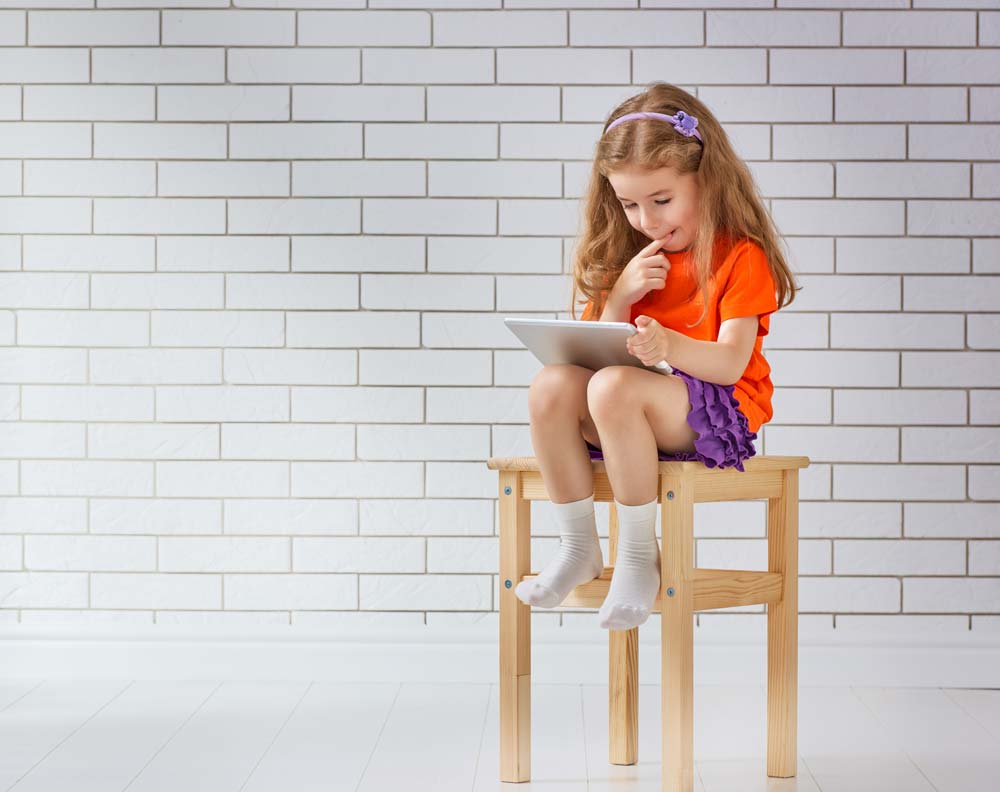 Each of us has a memory of being bullied as a child or watching another child being bullied. Emily Bazelon’s book Sticks and Stones: Defeating the Culture of Bullying and Rediscovering the Power of Character and Empathy is an exploration into the world of bullying in our public schools. She focuses her reporting to not only tell the stories of children that have been bullied but also on the strategies that we can all use to help put an end to this epidemic.
Each of us has a memory of being bullied as a child or watching another child being bullied. Emily Bazelon’s book Sticks and Stones: Defeating the Culture of Bullying and Rediscovering the Power of Character and Empathy is an exploration into the world of bullying in our public schools. She focuses her reporting to not only tell the stories of children that have been bullied but also on the strategies that we can all use to help put an end to this epidemic.
Emily shares a tremendous number of resources to accompany her book, including a wonderful set of discussion questions. Questions such as these can be a useful tool to help start the conversation with your own children or book club about the importance of working together to stop the bullying.
At a book discussion I recently attended with Emily, many parents asked the question, “How do we know when to introduce technology to our children so they use it responsibly?” The answer to this is a not an easy one. Parents must assume the primary responsibility for educating their children about responsible use of technology tools. As I commented at the book discussion, “We would never put our children behind the wheel of a car without having them take drivers’ education first, and the same goes for using technology devices.” We must hold our children accountable from the beginning. Whether you have them work with a technology specialist who can teach them how to use these tools appropriately or you work with them directly, parents should create a situation that promotes open discussion about the implications of technology choices.
Here are a few tips to help make this technology transition with your children:
- Hire a digital technologist to help your child set up their new device and learn the do’s and dont’s.
- Create a “usage contract” together with your child that creates a comfort level for everyone involved.
- Set limits for hours of appropriate use, determining where the technology “sleeps” at night, and applying internet settings (it’s ok to have a smart phone and turn the internet off at times, the phone will still work).
- Talk to you kids – the most important thing we can do as parents and educators is to talk to our kids about what they are seeing at school or after school. How does it make them feel? What would it feel like if this was happening to them? Ask them to take a step back and just be an observer. Watch what goes on throughout the day and think about how you could have handled that situation differently.
- Build confidence in your child to know that he/she can stand up not only for themselves but also for their peers. Our children are often smarter and savvier then we give them credit for being.
- Educate yourself – it’s challenging for parents to be totally aware of what happens on Facebook, Imstagram, Twitter, etc. but it’s your responsibility to monitor and understand how these social media networks work. If you are not sure where to begin, My Learning Springboard offers digital reverse mentoring to help give you the tools to take control.
As parents and educators, it is our job to educate our children to be responsible digital citizens. For more information on bullying and electronic aggression, I highly recommend reading Sticks and Stones.
Written by: Editorial Team, My Learning Springboard, Inc.